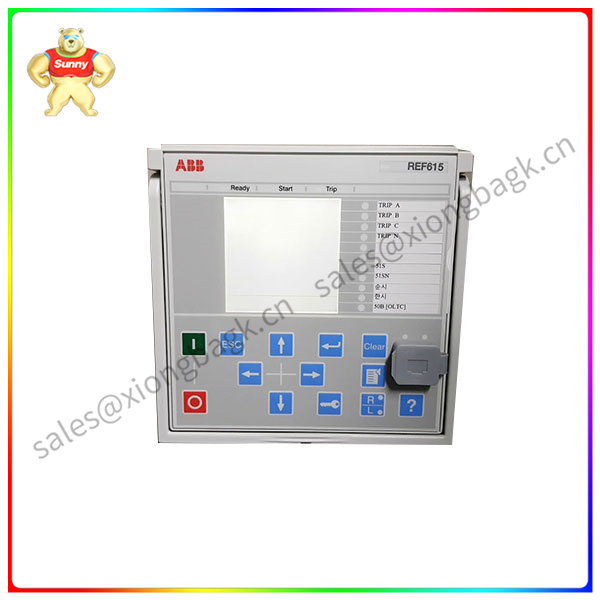Nearly a third (29%) of manufacturing leaders say their main challenge stems from what to do with existing assets and infrastructure. Industrial companies typically measure infrastructure replacement rates on a 10-year basis, where the process of replacing infrastructure is costly and has an impact on business continuity. While existing systems may be poorly matched to current sustainability requirements and require strategic upgrades, a complete replacement may be costly, unfeasible, and have a larger carbon footprint.
In this case, Ali Haj Fraj suggests that businesses can digitally transform their operations to maximize efficiency while minimizing the impact of replacement. For example, intelligent energy management systems (EMS) are deployed in manufacturing systems to monitor and manage energy usage. Energy management system software provides real-time insights into energy performance, tracking variables such as climate reports, building and site occupancy rates, and automatically adjusting energy consumption levels to ensure that companies are only consuming what their business really needs.
The refrigeration industry, for example, is a relatively conservative sector, with many refrigeration facilities still running systems installed 50 years ago. Refrigeration systems usually adopt a passive maintenance mode, that is, directly replace broken valves, compressors and other components, without looking into the underlying cause. Oxford Energy, a refrigeration industry specialist from Canada, wants to change the way refrigeration systems are built and maintained in line with the company’s philosophy of energy efficiency and sustainability.
Oxford Energy was looking for a flexible, comprehensive platform that would allow it to bring products to market that uphold its vision of control and integration. Ultimately, the company chose Schneider Electric’s EcoStruxureTM machine solution to provide its customers with more efficient cooling systems. At the heart of the Oxford Energy platform is the Modicon M172 logic controller, which offers a variety of connectivity options and integrates with a wide range of building management systems, helping it achieve energy savings of up to 70% and reduce end-user costs in service, operations, maintenance and electrical.
Cost or budget

Convincing the finance department to invest in sustainability is difficult compared to spending on regular business activities such as purchasing and marketing. But going forward, it may be one of the most important investments companies can make – sustainability capabilities will gradually empower companies to build competitive advantages in efficiency, compliance and corporate social responsibility. Manufacturing stakeholders are becoming increasingly eco-conscious: 60% of consumers globally now consider sustainability a key metric when purchasing products, and investors are likely to take a hard look at a company’s long-term ESG initiatives as well as its financial health.
Ali Haj Fraj concluded that many companies can promote the energy transition through access to finance and policy support. In Europe, the European Commission has committed to mobilising at least €1 trillion over the next 10 years to support sustainable development; The U.S. Environmental Protection Agency doles out more than $4 billion annually to help companies meet their environmental goals. In China, a series of policies to promote sustainable development, including the Implementation Plan for Carbon Peaking in the Industrial Sector, are gradually being put into practice.
Departmental priority differences and lack of access to data
Even with additional funding, divisions within the organization will compete for corporate resources with different priorities. Faced with broader challenges, such as a possible recession, budget-conscious executives may look to cut expenses and scale back operations, especially without data to back up their investments. Unsurprisingly, competing priorities and lack of access to data were cited as barriers to sustainability by 23% and 21% of business managers surveyed, respectively.
Leading enterprises to achieve a sustainable, digital, efficient and resilient, people-oriented industrial vision of the future transformation is a “leader project”. Manufacturing leaders need to once again rely on cloud-based, centralized optimization and project management techniques to gather data-driven insights and use them to improve decisions about sustainable actions. These investments can reduce the energy consumption of enterprises, which is of special importance in the current global energy crisis, or improve the efficiency of enterprises’ processes, directly driving the growth of enterprises’ revenue. In fact, 49% of manufacturing companies are looking to improve performance and save costs through sustainability investments
 中文版
中文版




